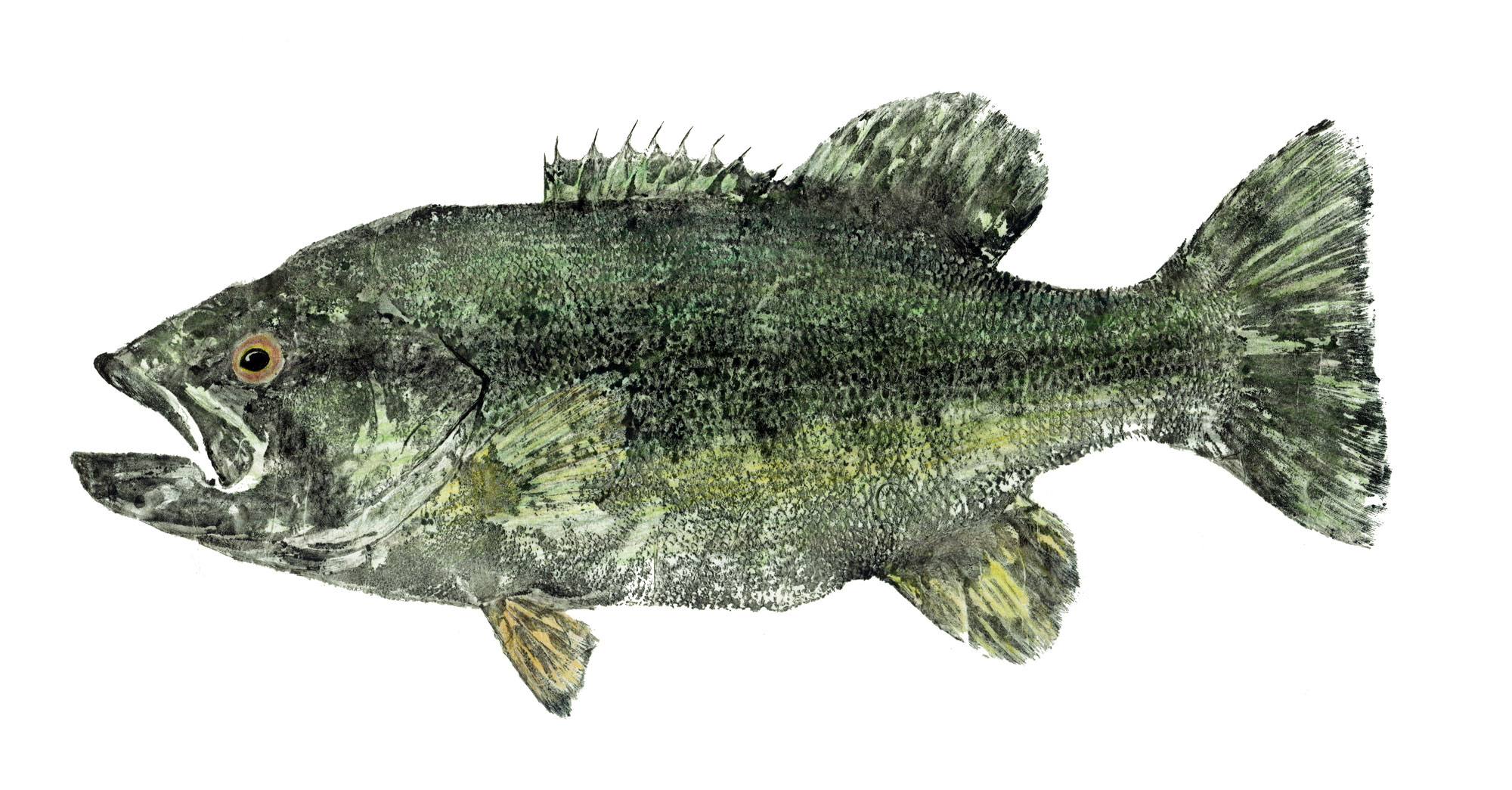ABOUT THE ARTIST
Gyotaku has evolved and you will see many different styles. As many different styles as there are artists. Every artist has their own vision of what a print should look like, or what they want to communicate with their art. A gyotaku print could be as basic as a “traditional” print that no detail is added to the initial print. The next level might be painting in the eye (very important in my opinion) and/or adding some detail to the fins and filling in parts of the fish that did not transfer to paper. And then there is the more modern gyotaku art that includes the application of color. Now this is where there is the widest variation between artists. There are many mediums to choose from between pencils, watercolor, pastel chalk, oil pastels, acrylic paint, etc. Some artists will make their gyotaku print look like a photograph with the use of acrylic and oil paints. Just amazing. In the big picture, you do your art for YOU. It is your vision. Do not compare your art to others. Your art is amazing, because YOU did it!!!
Expertise
My first career was and still is being a math teacher and coach. My last (and only) art class was in 7th grade. I had no interest in becoming an artist until I tried Gyotaku for the first time in 2007 when I moved to Hawaii from Oregon. My expertise comes from being self taught. I searched the internet to learn how it was done, bought some paper and ink and the artist within came out of the closet. I listen to and study others’ work, but mostly I have gained my expertise from the experience gained from trial and error.
Design – Art Background
My background in design comes from teaching math and creating math tests and worksheets and in general striving to be a good educator. Design is all about communication, and in education the better we communicate, the more students can learn from what we present. The design of Gyotaku prints communicate a lot about the fish, from the form of the body, fins, gill plate, lips, teeth, scale structure and, if the artist has succeeded, the painting of the eye will bring life to the piece of work. And that is just the beginning. Much more can be said through the design and application of shading and color to the print. Designing a piece of art feeds the soul in a way I would have never imagined before I became an artist.
Inspiration
My inspiration comes from a love of hawaii and the unique asian-polynesian culture (and Alaska!).
I owe everything about being an artist to the asian-polynesian culture of Hawaii. I would have never tried gyotaku if I had not moved to Hawaii and witnessed the art form in the local galleries. I grew up in Idaho and Oregon and hunting and fishing is rooted deep within my being. Alaska is a place I would dream about while growing up in the northwest. It is everything I love about the outdoors, but on a grander scale. I love printing fish in Alaska because most people that live in (or visit) Alaska love to fish and appreciate the beauty that each fish offers. I am trying my best to teach as many people I can about the art of gyotaku.


